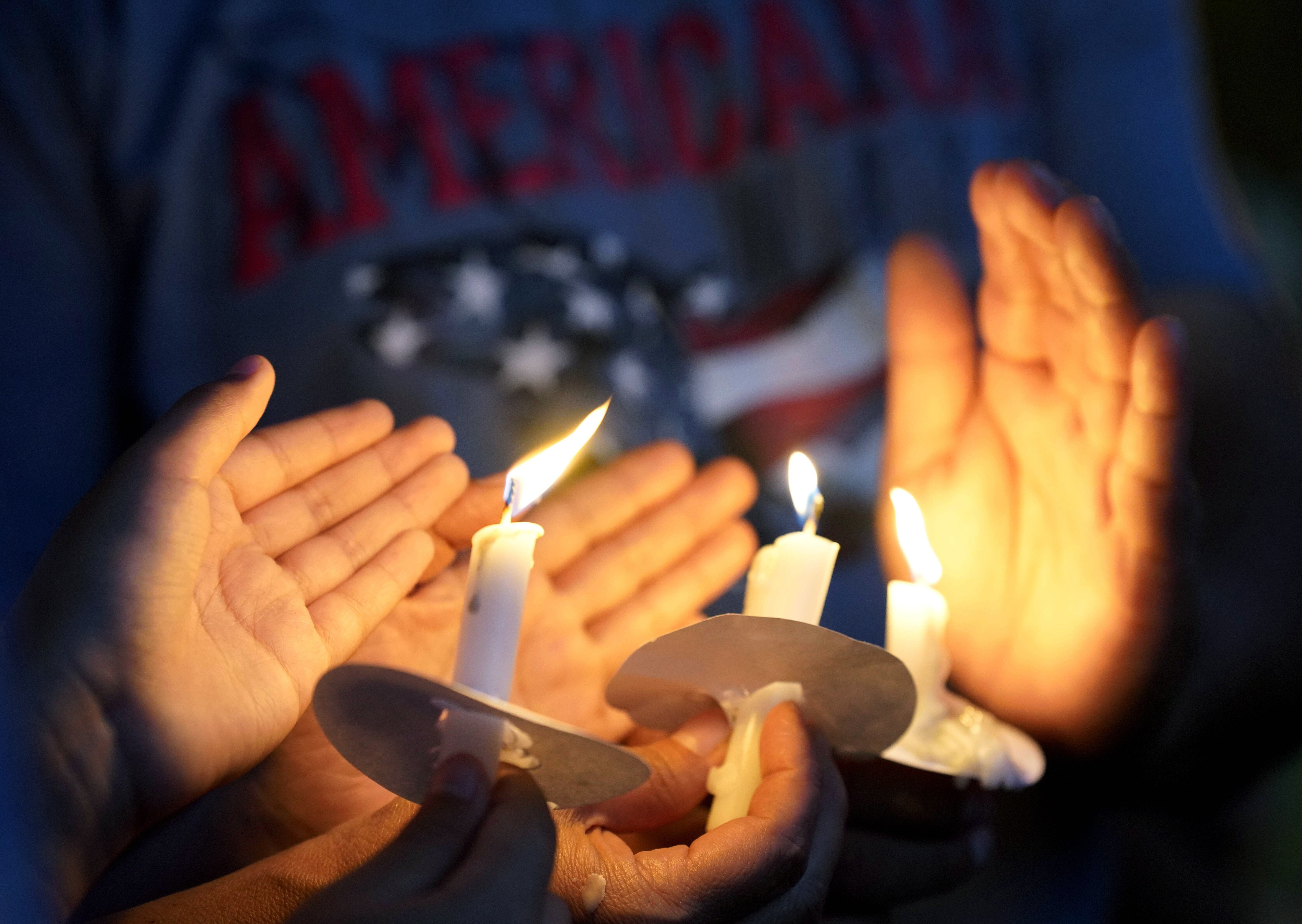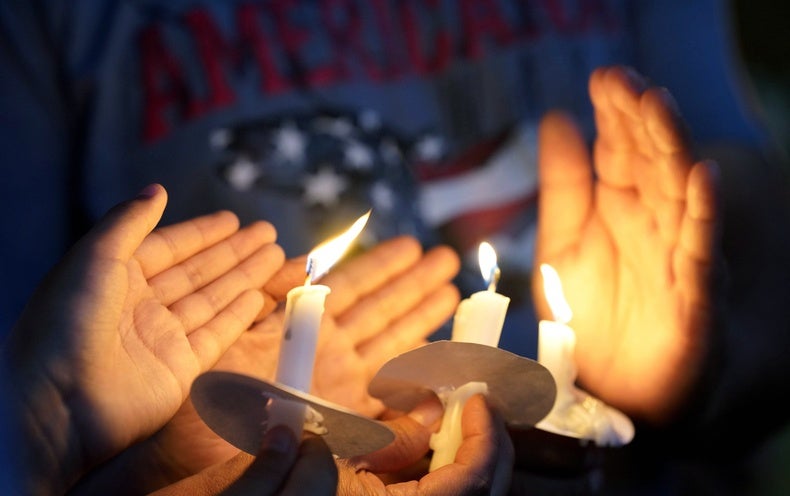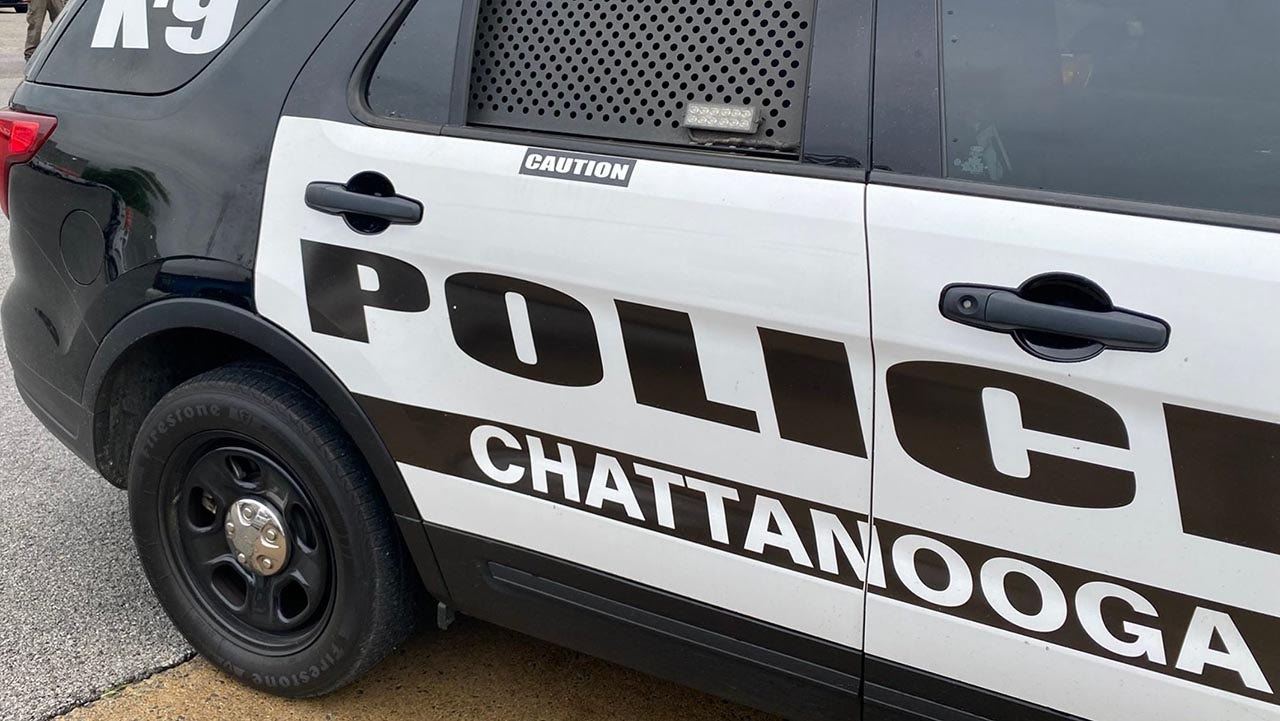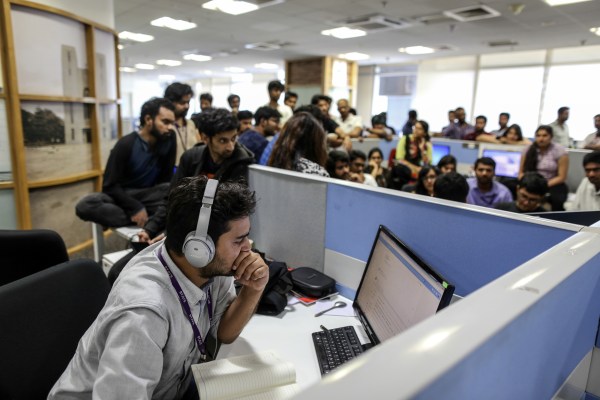
By now the sight of grieving, sobbing family members, terrified children and devastated communities is all too familiar from the coverage of mass shootings such as the recent ones in Uvalde, Tex., and Buffalo, N.Y. But when the cameras are gone, the dead are laid to rest and the injured have been treated, what psychological wounds linger? What are the longer-term mental health consequences for survivors, their families and the community at large? And what steps can most effectively limit the harm?
For research-based answers to these questions, Scientific American spoke with Sandro Galea, dean of the Boston University School of Public Health and a leading researcher on the psychological impacts of mass traumas, and psychologist Sarah Lowe, an assistant professor of public health at Yale University. Together they authored a 2015 review of 49 studies looking at impacts from 15 separate mass shootings that occurred between 1984 and 2008, 12 of them in the U.S. and nine at K-12 schools or universities. Lowe has begun the process of updating that review to cover another decade of mass shootings with data from a total of about 100 studies.
What are the most common long-term mental health consequences for survivors of a mass shooting event?
Major depression and post-traumatic stress disorder (PTSD), or some PTSD symptoms, were the most common psychiatric conditions seen in studies covered by the 2015 review paper, Galea says. Anxiety disorders, panic attacks, substance use disorders, phobias and other issues were also reported in some studies. But Lowe points out that “it’s hard to say what the most common mental health problems were because our knowledge is limited to what was assessed.”
Some studies looked at what Lowe calls “nonspecific psychological distress,” such as feelings of fear and unease. And some included physical symptoms, such as headaches and stomachaches.
How do these violent events specifically affect children who experience them?
“There are relatively few studies about the mental health consequences for children,” Galea notes. Only five of the studies he and Lowe reviewed looked at high-school-age or younger children who had experienced a shooting. The prevalence of PTSD or its symptoms ranged from 8 to 91 percent, depending in part on how and when they were assessed.
A more recent study, published in 2020 and co-led by Maya Rossin-Slater, now an associate professor of health policy at Stanford University, found a 21.4 percent increase in antidepressant prescriptions for people under age 20 in the local area where a school shooting had occurred, compared with areas 10 to 15 miles away. The study, which included prescription data from 44 communities affected by school shootings, found an elevated use of antidepressants that persisted two years after the incident.
What makes someone particularly vulnerable to long-term psychological effects? And what things protect against them?
Research points to many factors that fall into three broad categories: before, during and after the shooting. “What people bring in with them into these events, including demographic characteristics,” is the first determinant, Lowe says. People with preexisting mental health problems, for example, are more vulnerable to depression and other psychological issues after a mass shooting. So are those who lack psychosocial resources such as family cohesion and financial support. “We also know that being a woman or a girl is associated with increased risk for mental health problems after these types of events,” Lowe says. “Whether that’s due to biological sex differences, gender roles, women’s greater comfort with disclosing psychiatric symptoms or other factors is really unknown.”
The second category is related to the shooting itself. “People who are in greater proximity to the violence—if they see someone being shot or if they see dead bodies or people injured, that increases risk,” Lowe says. If a family member or friend lost their life, that, too, makes a person more vulnerable.
After the event, social resources can make a difference for survivors, Lowe says. “Emotional support (feeling like people are there for you), informational support (knowing what resources are out there) and tangible support (such as money and physical assistance) are things that can really matter,” she adds. Availability of mental health counseling and other services is also important. “These types of events can really shake your foundation and your core beliefs about yourself and other people in the world—like the belief that the world is a safe place and that most people are good. And those shattered assumptions can lead to an increased risk for PTSD and depression,” Lowe says.
What impacts do these tragedies have on the local community? What, for example, can the people of Uvalde expect?
Galea and Lowe say there is not a great deal of data on community-level impacts of mass shootings. “But we know from other collective trauma, like climate-change-related disasters, that the resources within a community really matter,” says Lowe, who has studied the mental health consequences of such calamities. “Oftentimes, after these events, there’s an outpouring of support—both formally from the government organizations and informally from other communities and strangers—but that tends to wane over time. And over time, folks who are living in less resourced communities tend to have greater risks if they face high levels of exposure [to a disaster]. That’s something that we found after Hurricane Sandy,” which struck the North American East Coast and the Caribbean in 2012.
What do we know about the impact on people watching from afar—you, me and everyone else reading about these horrific events and watching news coverage?
“We do know that people can report symptoms of mental illness from watching television or from social media,” Galea says. And, he emphasizes, “the baseline rate of depression is already quite high now, with the prolonged impact of the COVID pandemic. This is not a good time to have more traumatizing events.”
Remote impacts are not that well studied: only a few of the papers Galea and Lowe reviewed in 2015 looked at the psychological effects on mass shootings on people at a distance. Those that did, Lowe notes, found “at least temporary decreases in feelings of safety and increases in fear.”
What kinds of interventions have been shown to help people who are more directly affected?
Galea and Lowe say an approach called “psychological first aid” is recommended after traumatic events. “Psychological first aid starts with education, making people who might be affected aware” of possible mental health symptoms, Galea explains. “Then it moves on to giving them tools, and then it moves on to helping people access care if they need it. It is a way of sequencing interventions.” A school-specific manual is available from the federally funded National Child Traumatic Stress Network.
For those who show signs of distress, an intervention technique called “skills for psychological recovery” can be helpful, Lowe says. “It seeks to restore psychological and psychosocial resources like hope and optimism, a sense of safety, social support.”
Mass shootings are so common now that about 96 percent of U.S. public schools hold “active shooter” and/or “lockdown” drills. Do these drills make kids feel safer?
What little evidence there is suggests that the answer is no. A survey published in the Journal of Adolescent Health in 2020 found that 60 percent of young people polled reported feeling unsafe, scared, helpless or sad as a result of such drills. A quarter said that they did not believe that drills improved safety because they suspected that students would panic when confronted with an actual threat—and because the drills could inform potential shooters.
A 2021 analysis of social media posts made by students after they engaged in such drills indicated that anxiety, stress and depression increased by 39 percent to 42 percent following the drills.
Lowe has not studied the response to these drills herself, but she says her students tell her they tended to take them as a joke or that the drills made them feel afraid. “I think there are probably ways to go about them that are a bit more trauma-informed,” Lowe says—including giving students a choice to opt out.
We’ve seen powerful examples of activism after school shootings from groups such as students who survived the Parkland, Fla., shooting and parents of children killed in the Newton, Conn., incident. Does activism help allay feelings of hopelessness and depression?
Lowe says she is not sure this has been studied in the context of school shootings, but she has been involved in research on climate change anxiety. “We found that if you were engaged in environmental activism, like high levels of collective action, that was a buffer against the negative impact of climate change anxiety or depression,” she says. With activism, she points out, “you get to have support from a group of like-minded people who are all committed to the same cause…, but there is also the risk of burnout and disillusionment.”
Has the amount of research on the mental health impacts of mass shootings greatly expanded since Galea and Lowe’s 2015 review? Are there many new lessons?
Both Galea and Lowe say that there is still insufficient research on the impacts of mass shootings. As Lowe prepared to update the 2015 study—a process that is still underway—she found about 50 relevant new papers. That means the total is about twice the 49 in the original survey. “So in less than 10 years, the number has doubled—but it’s still markedly low,” she says. By contrast, she and Galea found 100 papers in a single year that looked at the prevalence of depression and PTSD in the wake of climate-related disasters. One reason for the paucity of studies may be that a 1996 law known as the Dickey Amendment discouraged federal funding of health research related to gun violence. In 2018 Congress clarified the meaning of that law and permitted research into gun violence as long as it did not promote gun control. In late 2019 Congress finally allocated $25 million for such research, including a much needed national study of strategies to protect schools.



























































